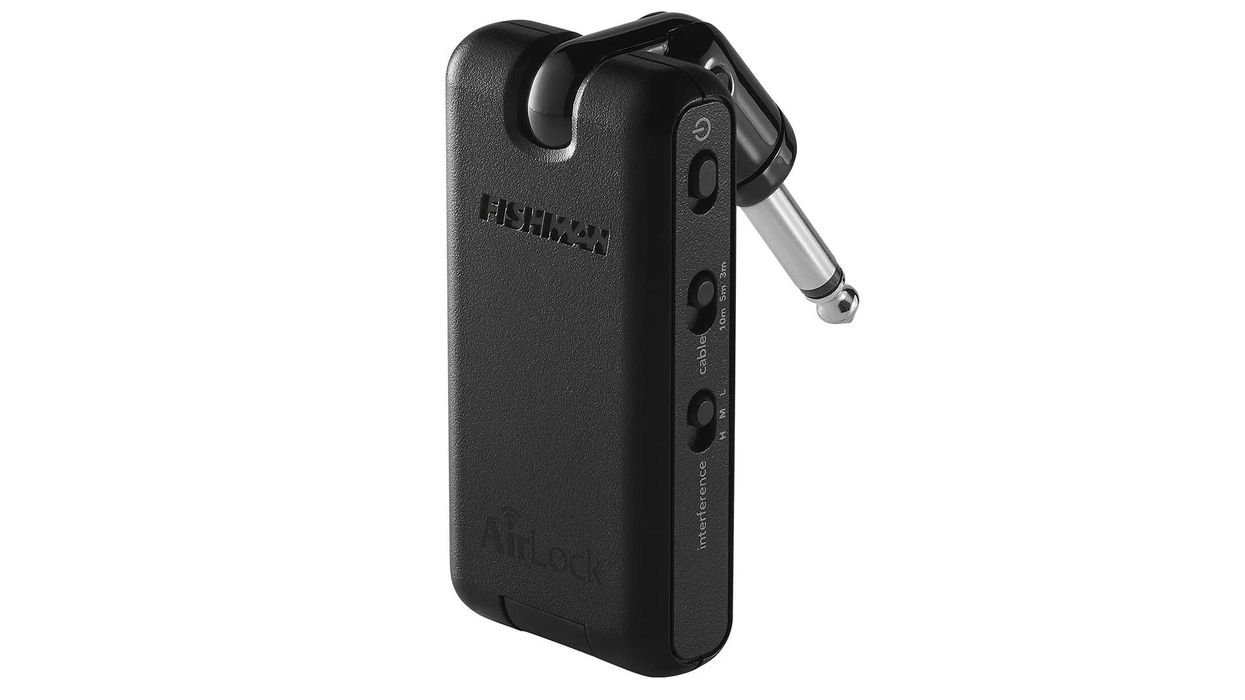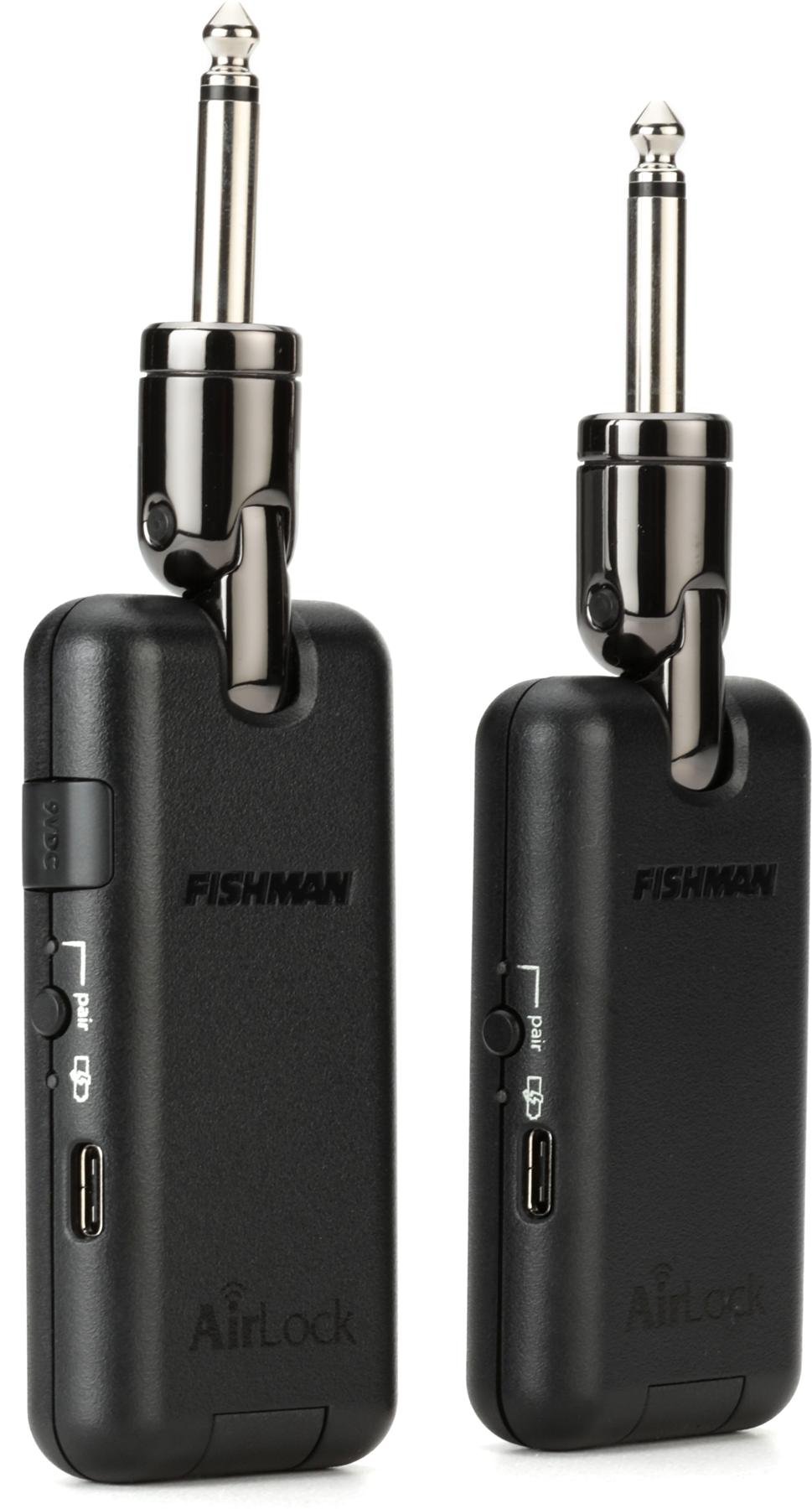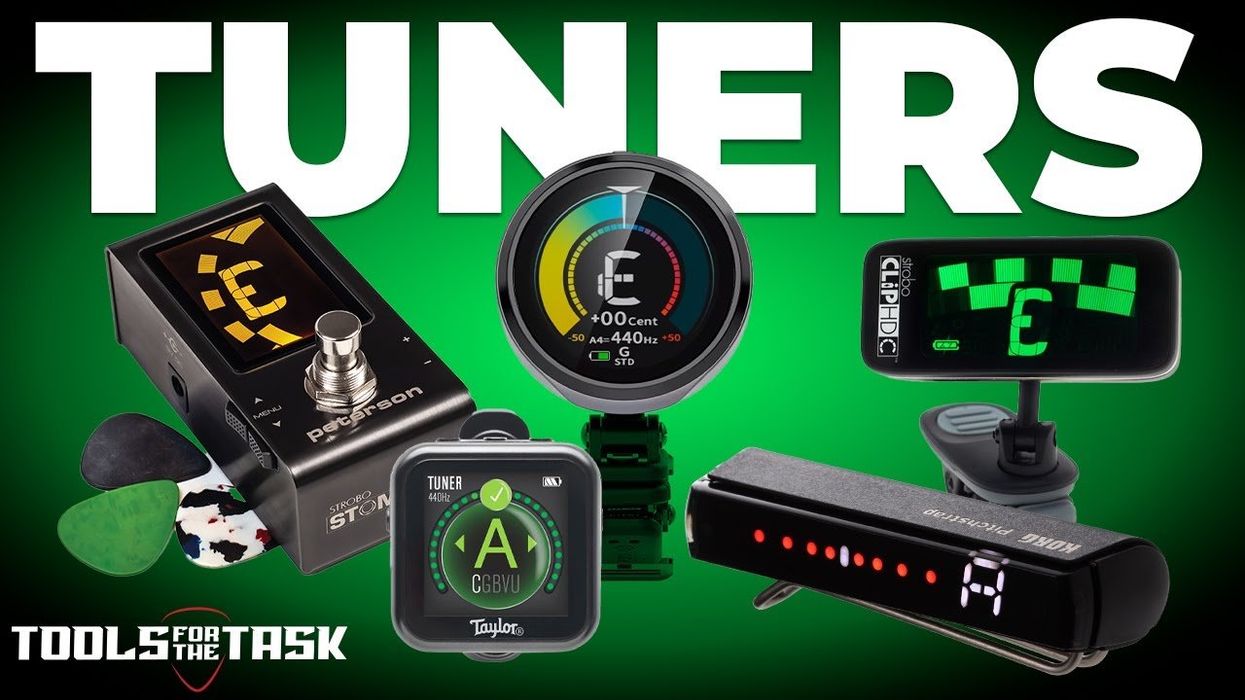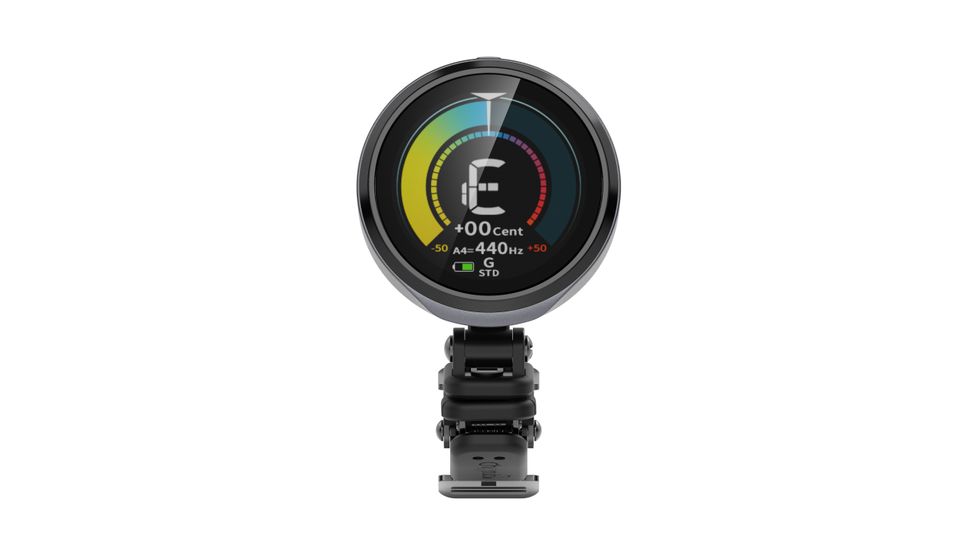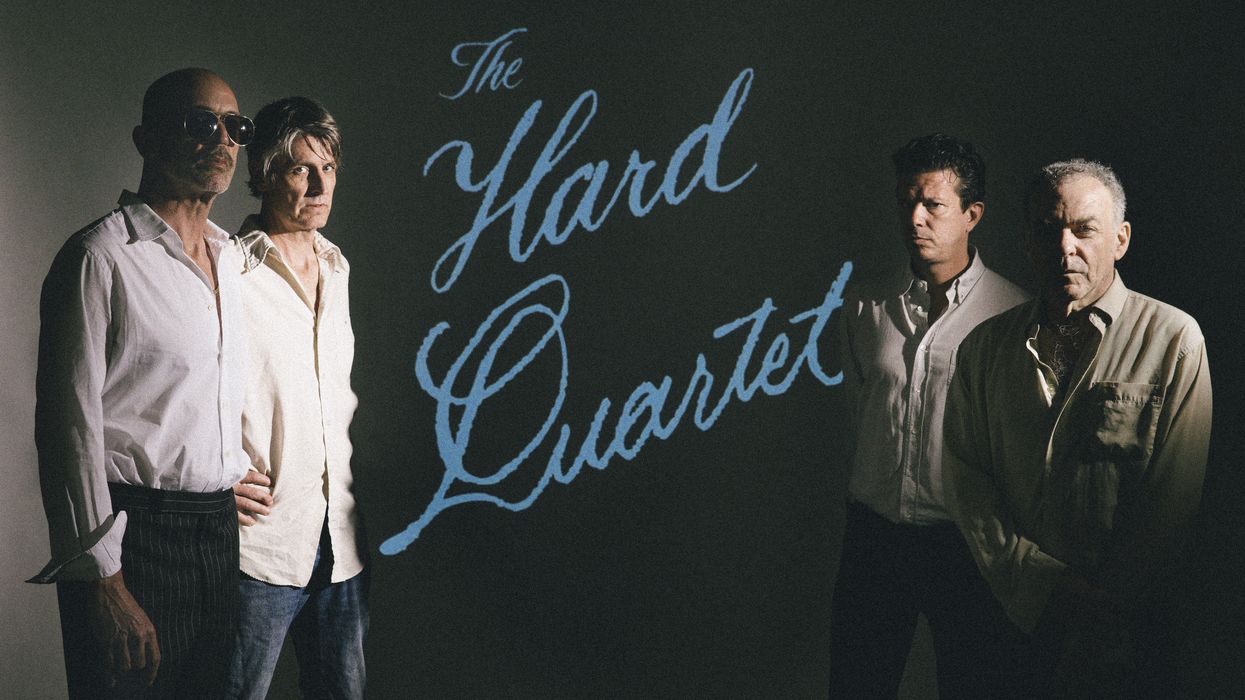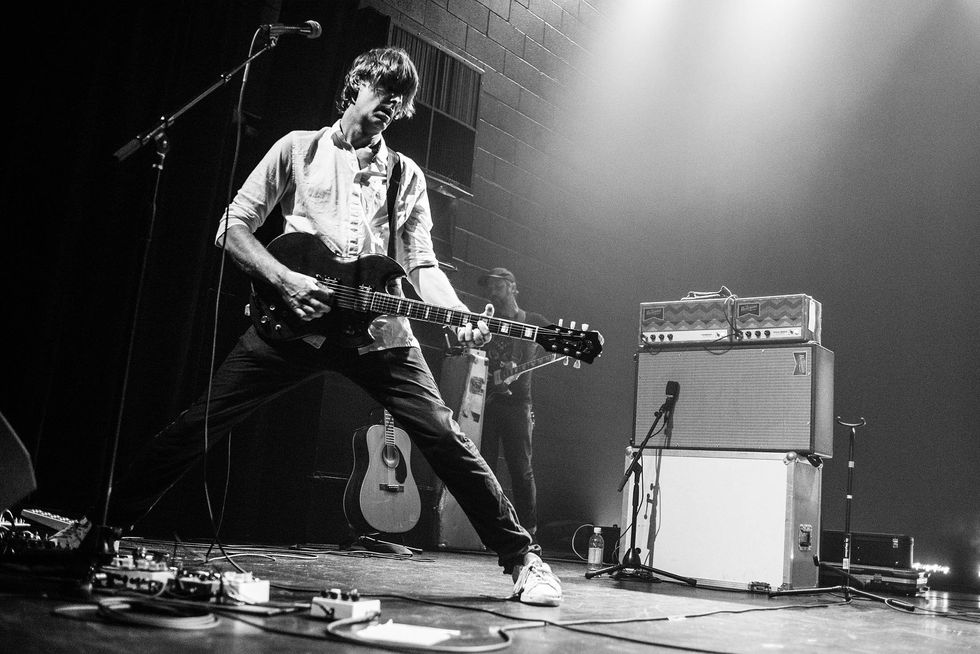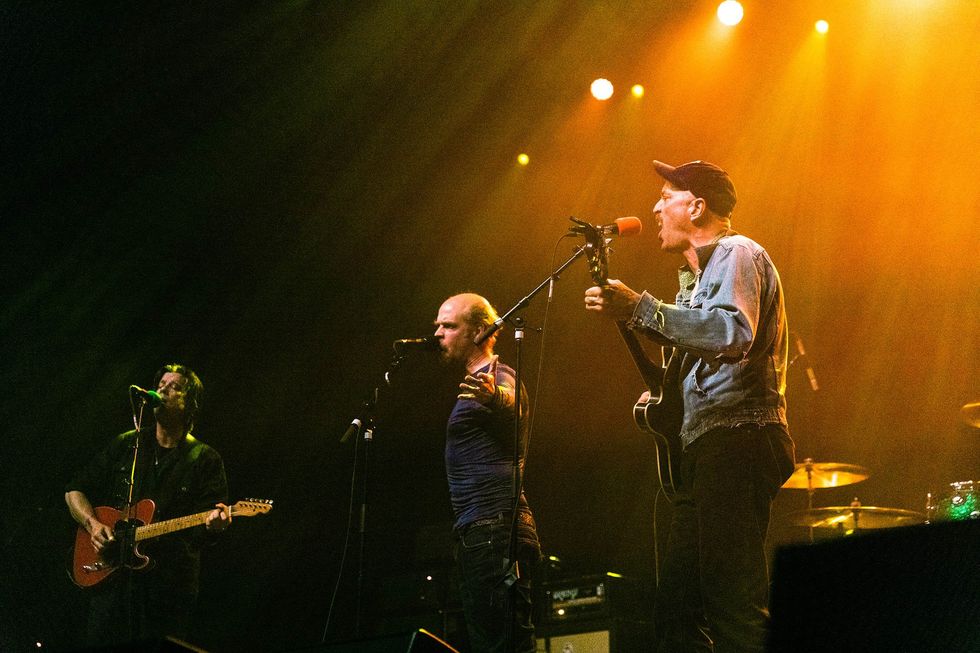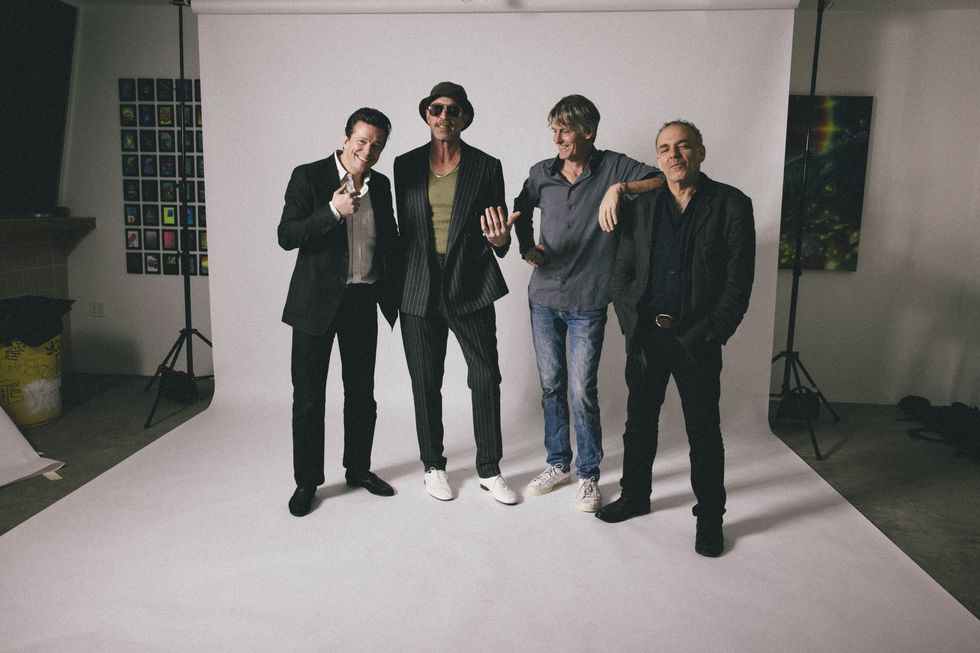If you’re a player on the heavy side of the genre fence and need more gain and aggression in your sound, consider the simple solution of swapping in new humbuckers for a big-boned tonal makeover. Following are just 10 of the multitude of options out there.
Aftermath
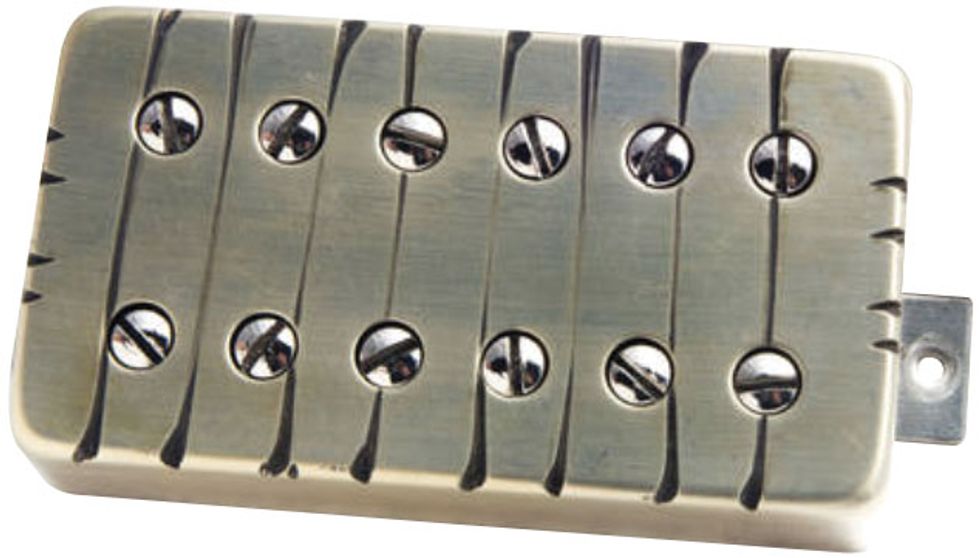
Designed with the modern-metal guitarist in mind, this alnico-5 humbucker is voiced for fat and powerful tones, as well as fluid vocal-like sustain when driven hard.
85
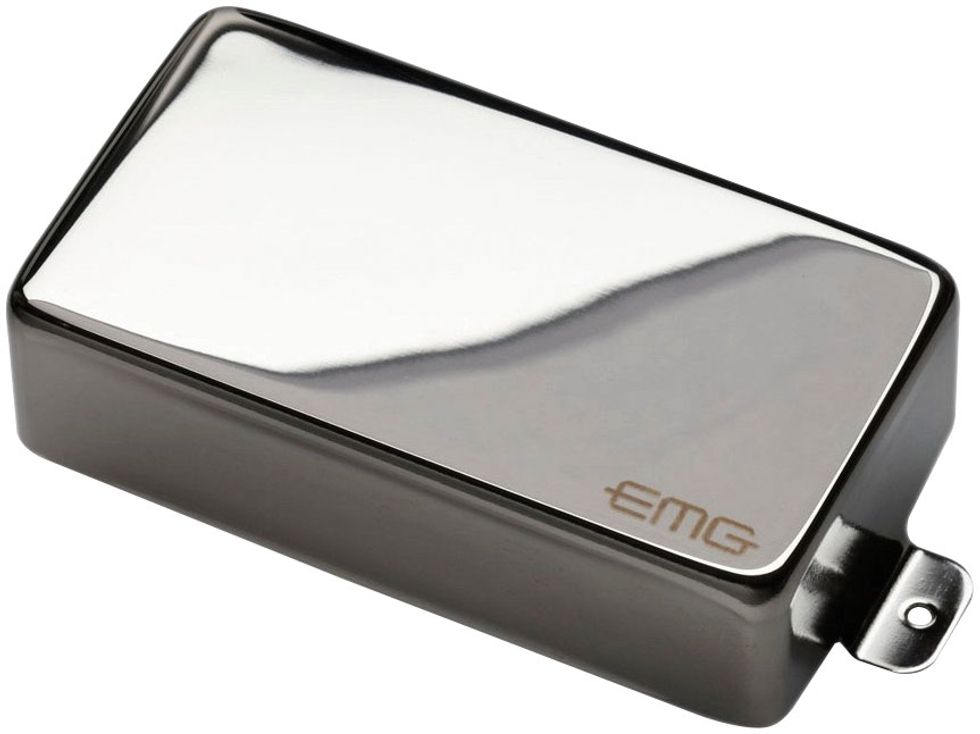
The alnico-5 magnets in this popular active ’bucker deliver a muscular growl and smooth lead tones that fly with anything from blues to the most extreme metal.
Super Distortion
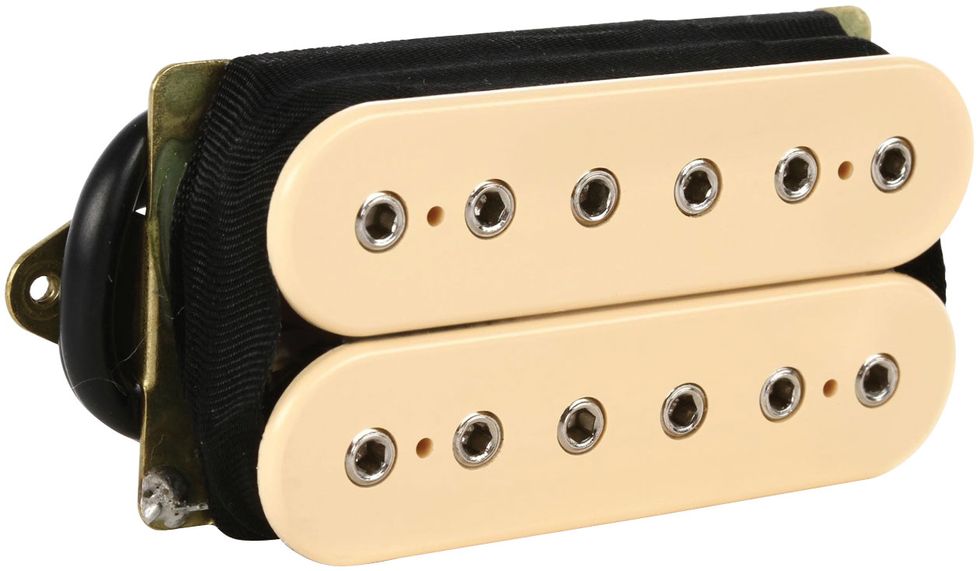
Designed to kick a tube-amp into total overdrive, this pioneering pickup offers a balance of big lows, fat highs, and thick, boosted mids.
Fluence Modern Ceramic
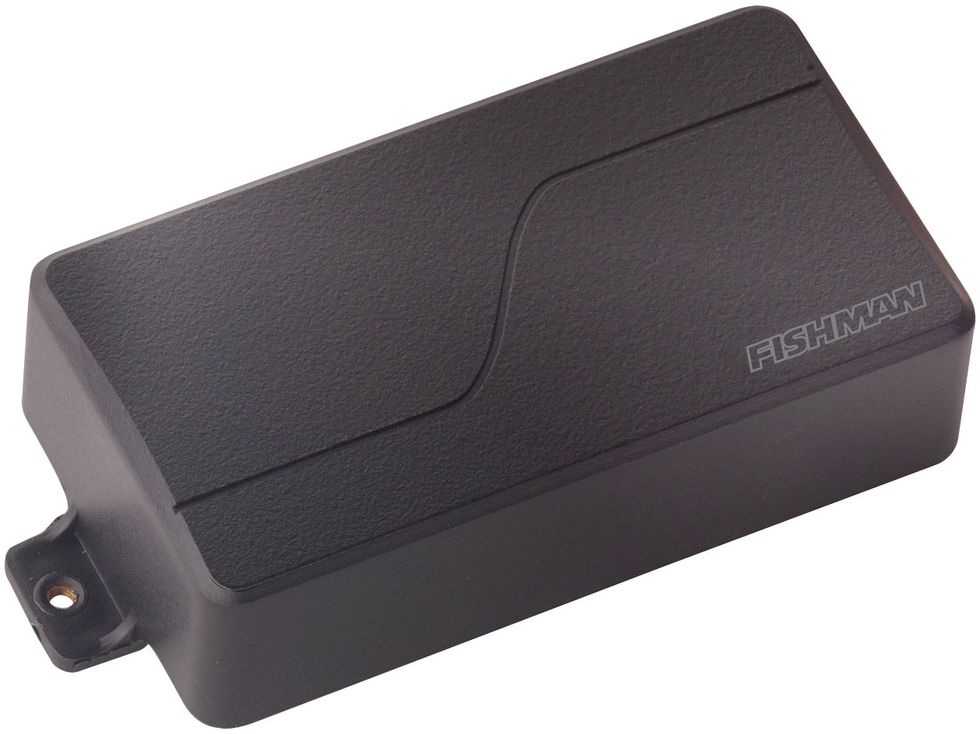
This humbucker offers a choice of two distinctive—and switchable—voices: a high-output ’bucker tone made for distortion, and a modern, active pickup with tight bass and crisp highs.
Chisel Neck

This aggressive neck pickup is engineered for a fast attack and superb clarity—ideal for drop-tuned modern metal and djent tones.
Frankenstein Humbucker
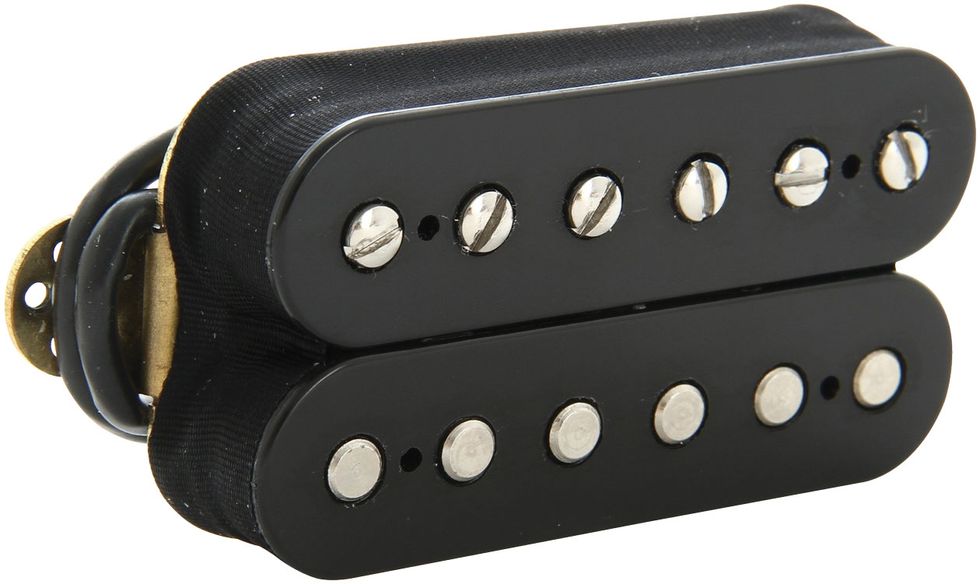
For the many chasing Edward’s tone, this direct-replacement humbucker is reported to achieve all of it, from the stinging highs and snarling mids, to the all-important "brown" sound.
Classic+
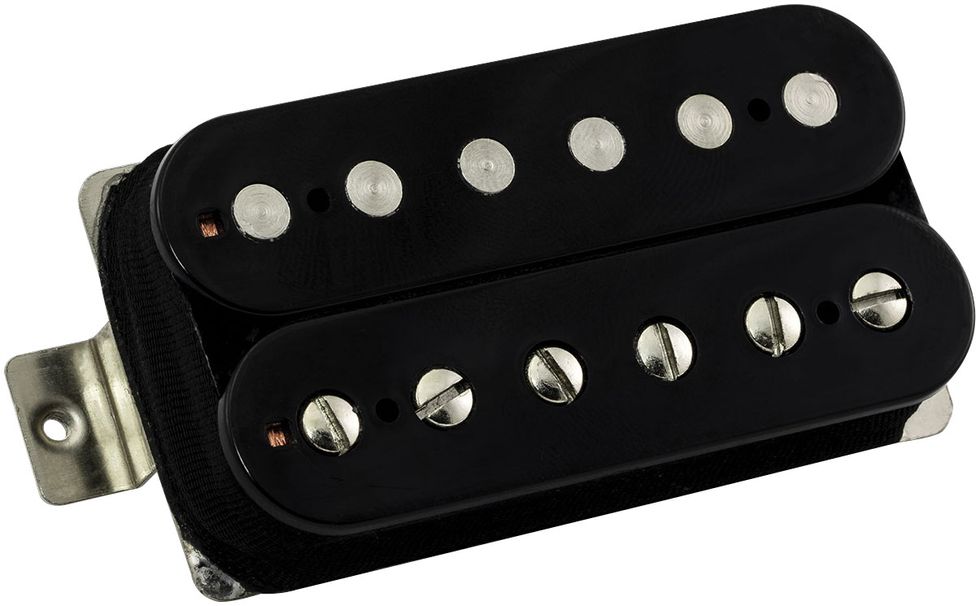
Wound hotter than the company’s Classic Humbucker cousin, this alnico-5 pickup has a crunchier sound in higher-gain environments while still promising articulate tonal clarity.
\m/ (Metal)

These high-output pickups use ceramic magnets for crystalline cleans, and when cranked, are designed to deliver fat, snarling, and aggressive tones with crisp note articulation.
Dimebucker
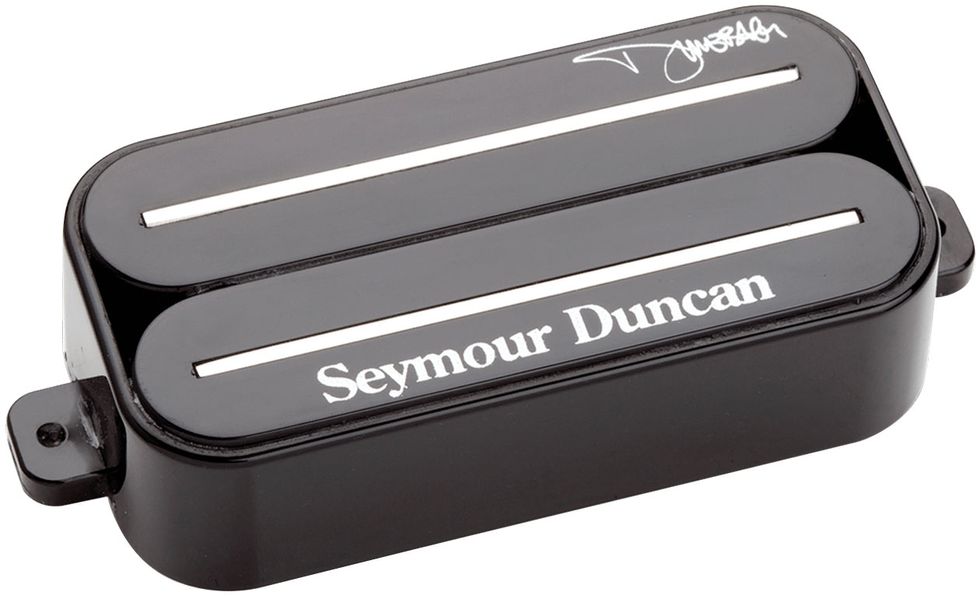
Built to Dimebag Darrell’s exact specs, this ceramic-bar-magnet pickup strives for crunchy pick attack, scooped mids, and the ideal amount of saturation.
D3 Signature D’Agitator
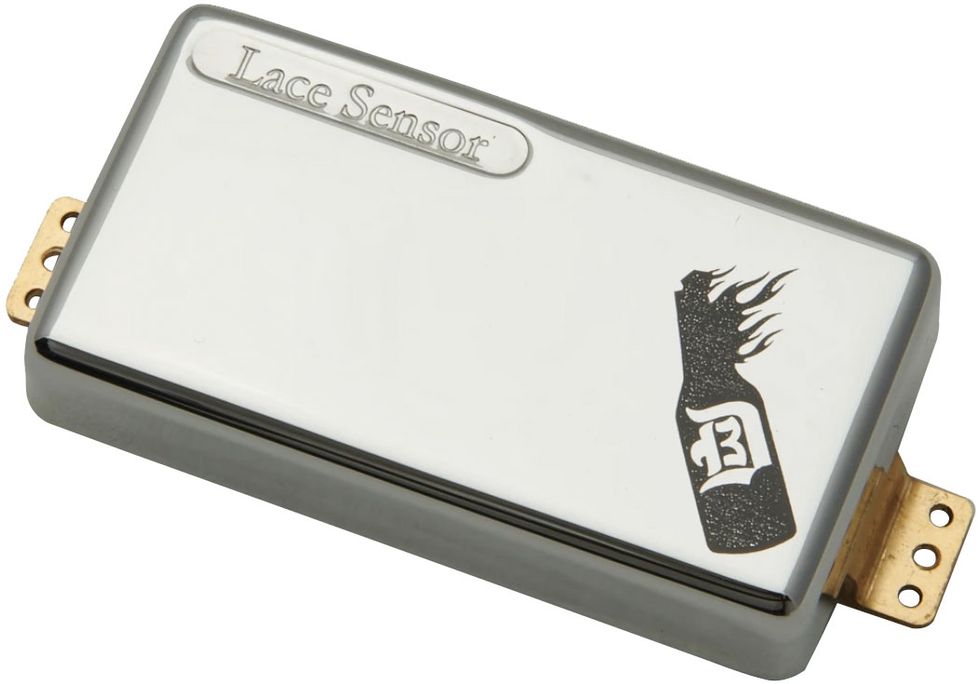
Conceived with metal in mind, these humbuckers require no electronics, circuit boards, or batteries, and can be split into single-coil mode without any loss of output level.







